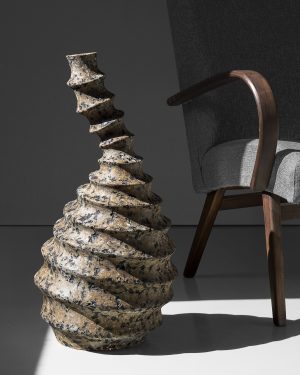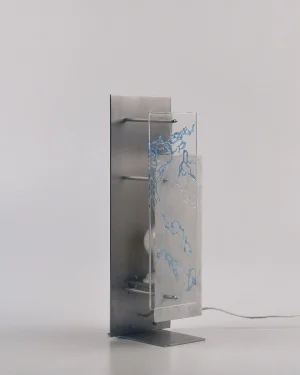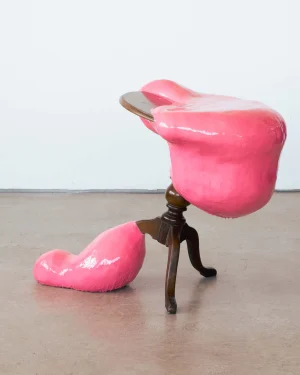Welcome to the fascinating realm of Paperwork, a discipline with a rich history tracing back to ancient civilizations. Known for its versatility and accessibility, paper serves as both a canvas and building material. Paperwork is a blend of functional art and endless creativity, showcasing the beauty of simplicity.
Origins of Paperwork
- First introduced: Ancient China, over 2000 years ago
- Main influences: Origami from Japan, Papercraft from Europe
- Originated: Global practice
- Why it emerged: For written communication, evolved into art
Components and Materials
- Paper: The core material, lightweight but fragile
- Glue: For bonding pieces, can be messy
- Metal: Wires for structure, can rust
- Paint: Adds color, may fade
Techniques in Paperwork Design
- Folding: Origami-style, no glue needed
- Cutting: Detailed designs, requires precision
- Quilling: Coiled paper, 3D effects
- Layering: Adds depth, complex designs
Current Uses of Paperwork
Notable Paperwork Artists
- John Doe: Specializes in paper lighting
- Jane Smith: Known for paper wall art
- Emily Johnson: Famous for paper sculptures
- Mark Brown: Focuses on functional pieces
- Lisa White: Creates vivid paper decor
The Essence of Paperwork
Paperwork is an age-old art form that transcends cultural and geographic boundaries. From ancient scrolls to modern art pieces, it showcases the limitless possibilities of paper.
A variety of materials and techniques add layers of complexity to this seemingly simple medium. Whether it’s the careful folding of origami or the precision of cutting, each technique serves a unique purpose.
Today, the discipline embraces a range of functional and decorative applications. From paper lampshades to intricate wall art, Paperwork has found its way into many corners of our lives.
With a plethora of talented artists pushing the envelope, Paperwork remains a dynamic field. It is a testament to the endless creativity that a simple sheet of paper can inspire.
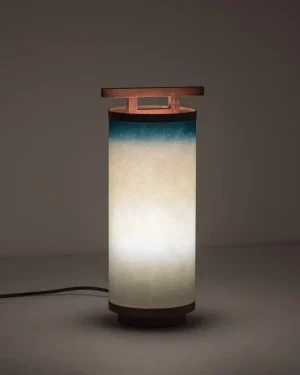 In stock
In stock In stock
In stock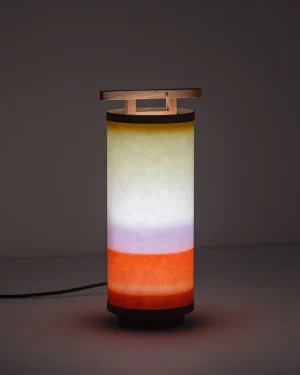 In stock
In stock![[03] Illustrated Art And Design Book](https://media.adorno.design/wp-content/uploads/2025/10/23125130/shopcasestudios.com-Magazin-2-300x375.webp) In stock
In stock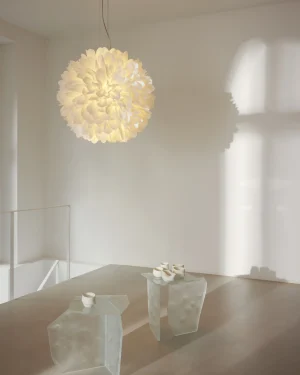
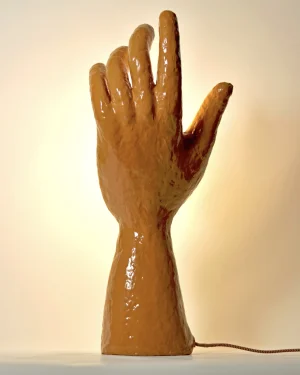 In stock
In stock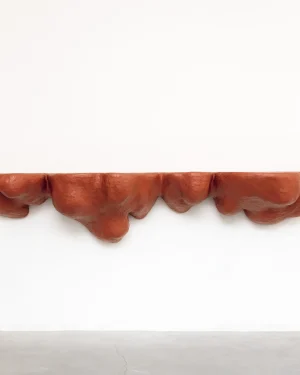 In stock
In stock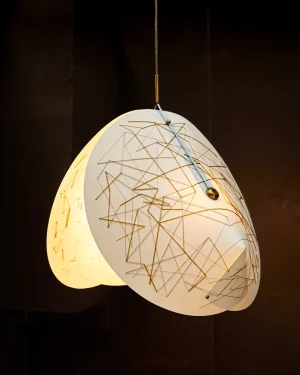 In stock
In stock In stock
In stock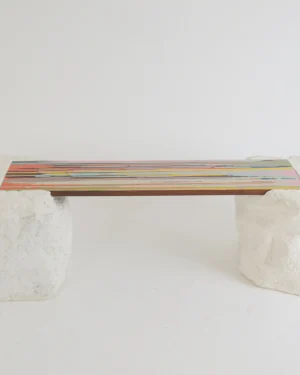 In stock
In stock In stock
In stock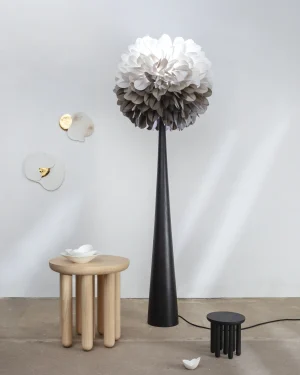
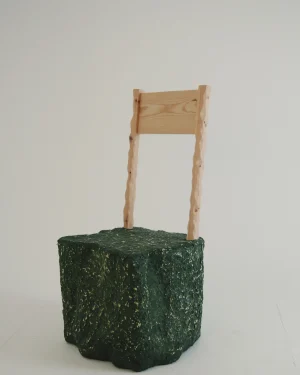 In stock
In stock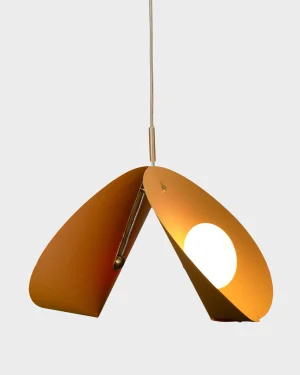
 In stock
In stock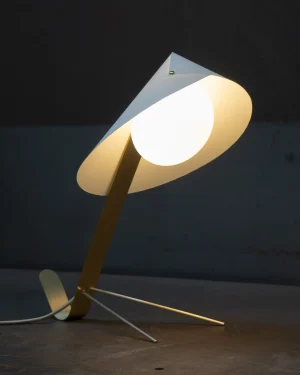
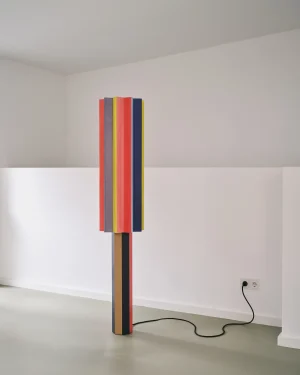
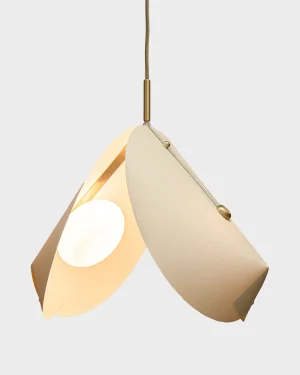


 In stock
In stock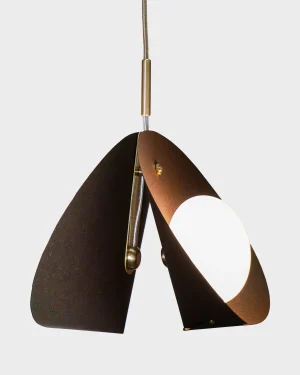


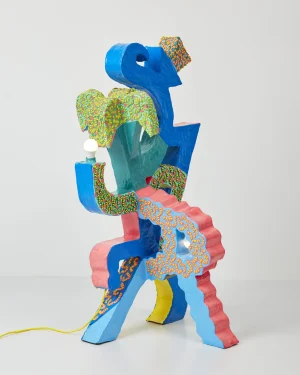 In stock
In stock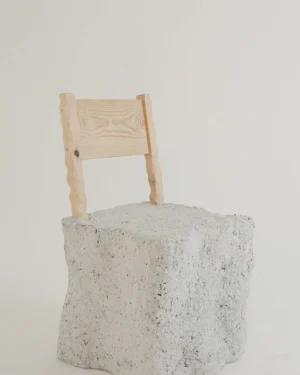
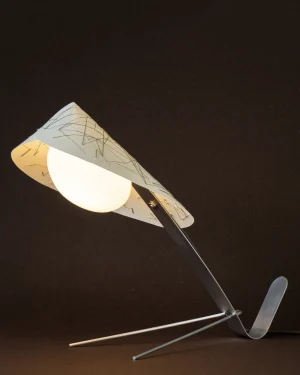 In stock
In stock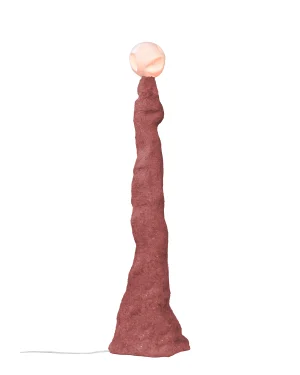

 In stock
In stock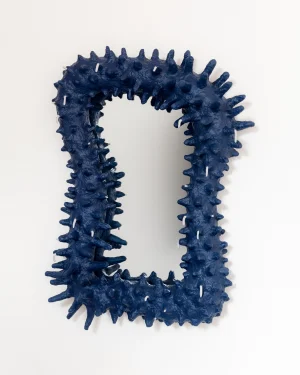 In stock
In stock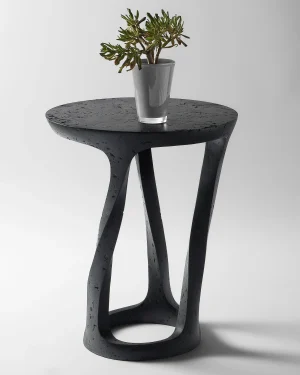
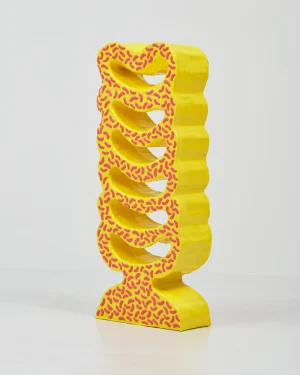 In stock
In stock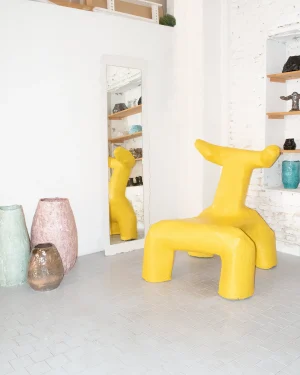
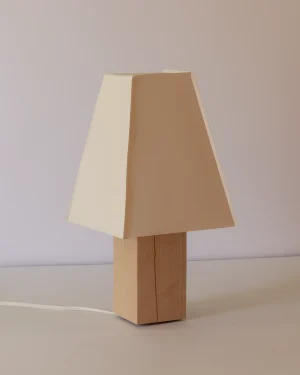
 In stock
In stock In stock
In stock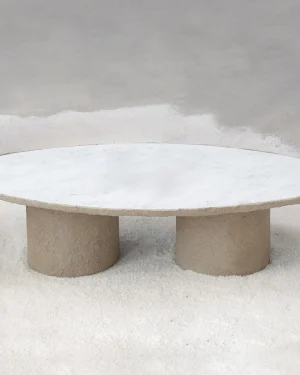 In stock
In stock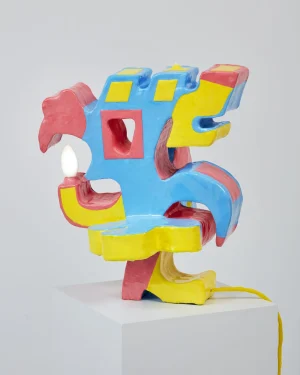 In stock
In stock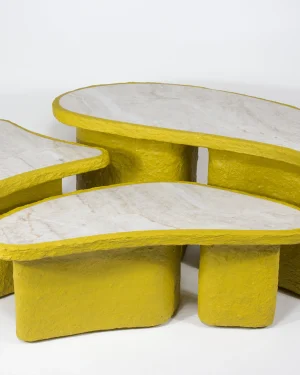 In stock
In stock
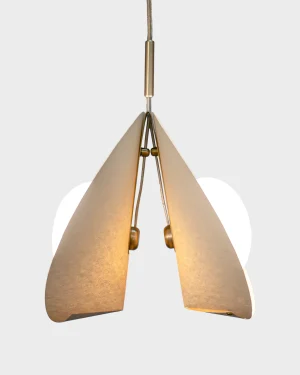

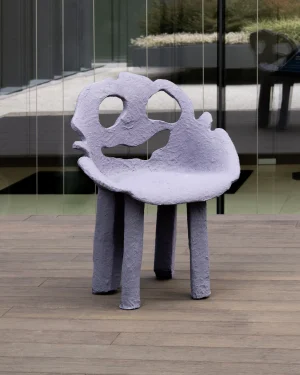 In stock
In stock
